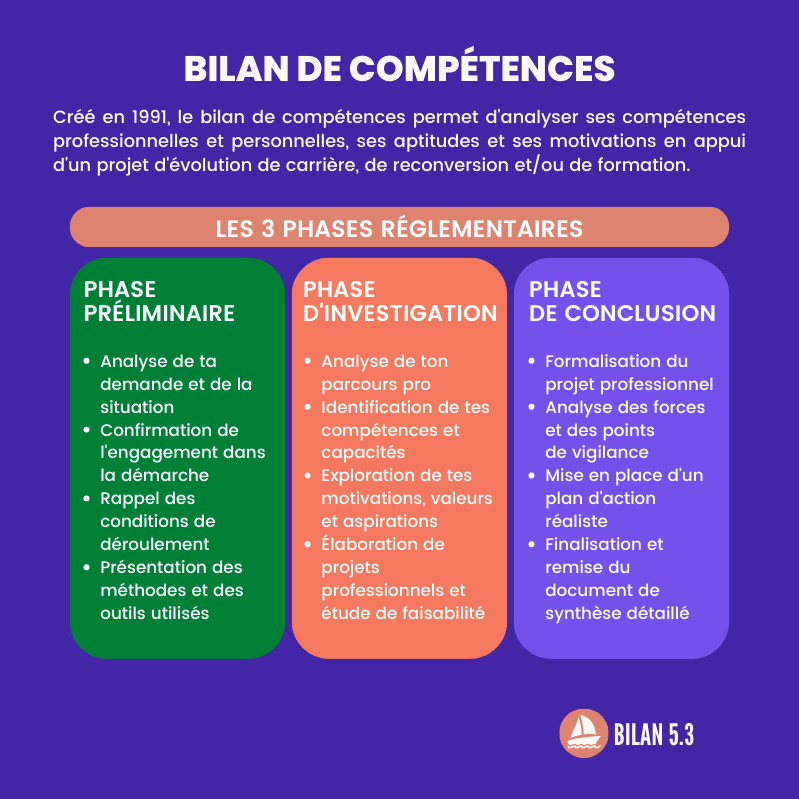
A homemade face mask works well against the spread of the corona virus, according to research by Erasmus MC in Rotterdam. It is important to use the right fabric and fit.
The researchers mainly looked at the filter value, whether it fits well on the face and whether you can breathe through it. Some homemade masks even worked – if made properly – better than some medical masks, according to Gwen Teesing, researcher Public Health Erasmus MC.
Material
Filter fabric used in ventilation systems works best, according to the research. With filter class ePM1 85 percent, which indicates how many fine dust particles it filters, you approach the capacity of an FFP2 mask that is used in healthcare.
Where do you buy that material? “For the time being only wholesale, but if there is a lot of demand for it, I can imagine that other businesses will also sell it. Pay attention to the right filter class,” says Teesing against the Algemeen Dagblad.
Alternative
If you can’t get filter dust so quickly, it would be a good idea to alternatively, use two layers of cotton cloth with paper towels. According to the research, this also appears to filter well.
Fit
The ‘duck’s mouth’, i.e. with space at the front, is the best fit in the test. “The duckbill closes better. It also wears nicer because it doesn’t push directly against the nose and mouth, but there is still room inside,” says Teesing.
(text continues below the image)

Mouth cap in the shape of a duck’s beak.
Effectiveness
Scientists are not unanimous about the effectiveness of wearing mouth masks by the population. Teesing: “It is clear, however, that wearing certain masks does reduce the spread of the virus. For our research, we have made it a requirement that the homemade masks must be able to filter at least 35% of the aerosols. In that scenario, an infected person carries the virus to less than 1 person.”
Here’s how to best use a mouth cap.














